The COVID pandemic meant that tutorials could no longer be offered in class. However, as tutors at the Institute of Education, we made the best of it. We not only used the digital options available to redesign our tutorials but also took this restructuring as an opportunity to improve our collaboration as a team. Now, two and a half years later, we’re taking stock: how did we manage to strengthen the team spirit in our team of tutors? How did we establish an efficient system of knowledge management?
A team is more than the sum of its parts. Here, people interact socially to work towards common goals and tasks based on a division of labour (Kozlowski & Ilgen, 2006). That kind of teamwork doesn’t always work effectively. As members of a team of tutors at the University of Regensburg, we have drawn on our many years of experience to create a new structure for ourselves internally, externally and for the future.
Within the team – The group of tutors
For us, it’s not the individual that counts as the smallest unit but the “team within the team”. Tutorials are always prepared and held by two tutors. In our experience, we can only confirm the advantages of team teaching (De Backer et al., 2021). By dividing up the work, we are able to prepare our tutorials more efficiently. We complement each other in our different strengths and interests, and continue to grow through our close collaboration – both personally and professionally. The concept has also played into our hands when we show new, inexperienced tutors the ropes: we team up new tutors with experienced ones so that they can settle in effectively.
One of the tutors also takes on the additional role of team manager for the whole team. Their tasks involve dealing with organisational matters on the one hand and planning and chairing team meetings on the other.
Team meetings are regularly held on Zoom. During these meetings, we discuss what is currently going on regarding the tutorials that are being held and also talk about personal aspects. That way, we support each other with advice and suggestions. These meetings also provide an opportunity to welcome new tutors and say goodbye to those leaving.
It is important for teams to define themselves through common goals (Schöttle & Tillmann, 2018). That’s why the first and last meetings of the semester are particularly important to us. In the first meeting, we formulate a sentence that encapsulates the common goal we are setting ourselves for the semester as a team of tutors. In addition, each tutor sets their own individual goal for the current semester. In the last meeting, we end the semester by reflecting on how far we have achieved our common and individual goals.

Team in an external connection – Collaboration with superiors
For the quality of the tutorials offered it is important for the tutors to work together with the lecturers responsible. These should take time for this purpose so that they are available to consult with the team of tutors. Our team has communicated the team manager as being the person to contact and has set up an email address for that function. That way, we will be seen as a team externally as well.
It particularly makes sense to have a joint meeting between the superior(s) and the entire team of tutors at the beginning and end of a semester, however. At these meetings we discuss and reflect on plans and challenges transparently. The meetings also provide us with room for both sides to make innovative suggestions for refining lectures, seminars and tutorials.Despite fixed arrangements with superiors, the task of the team of tutors is to take the requirements of the particular situation into account. The superior can enable this by encouraging and promoting the tutors’ autonomy in how they operate. This includes giving us freedom with regard to the didactic structure and allowing us to set the focus regarding content.

Team for the future – Knowledge documentation
In the usual fluctuation that happens with student and research assistants, valuable know-how has often been lost in the past. If we want to safeguard this knowledge for the future, we can’t avoid the topic of knowledge management (Probst et al., 2012).
We use MyFiles as a virtual hard drive to archive our material, which is structured according to the semester and tutorial. This material primarily includes the sets of PowerPoint slides from previous tutorials. For each set of slides there is a schedule that supplements it with a timetable and notes on content. In addition, we maintain documents in which we render know-how that is independent of lectures, seminars and tutorials explicit in the form of tips and templates.
What is special about our team is that we frequently use digital, interactive tools in our tutorials (e.g. Kahoot, miro, padlet). The materials created here can be used in the future because access has been organised through the email address set up for that function.
We have linked all lectures, seminars and tutorials in a central, moodle-based course for the students. That way, they can always retrieve all the materials – even if some tutorials are not offered every semester.
Conclusion
Although the COVID pandemic restricted the running of the university in many respects, we were able to use the past semesters to strengthen our collaboration as a team internally, externally and for the future. Our impression as tutors is that as a bridge between students and lecturers, we have become more stable as a team.
References
De Backer, L., Simons, M., Schelfhout, W. & Vandervieren, E. (2021). Let’s Team Up! Measuring Student Teachers’ Perceptions of Team Teaching Experiences. In U. Kayapinar (Hrsg.), Teacher Education – New Perspectives (S. 1-22). IntechOpen. https://doi.org/10.5772/intechopen.96069
Kozlowski, S. W. J., & Ilgen, D. R. (2006). Enhancing the Effectiveness of Work Groups and Teams. Psychological Science in the Public Interest, 7(3), 77–124. https://doi.org/10.1111/j.1529-1006.2006.00030.x
Schöttle, A., & Tillmann, P. A. (2018). Explaining the benefits of team goals to support collaboration. In V. A. González, VA (Hrsg.), Proceedings of the 26th Annual Conference of the International (S. 432-441). Group for Lean Construction (IGLC). DOI: 10.5772/intechopen.96069
Suggestion for citation of this blog post: Hämmerl, V. & Förster, J. (2022, September 15). 8 ways that the “t” in “tutors” can stand for “team”. Lehrblick – ZHW Uni Regensburg. https://doi.org/10.5283/ZHW.20220915.EN






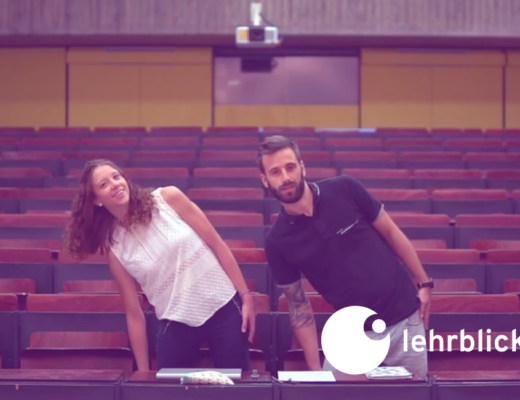
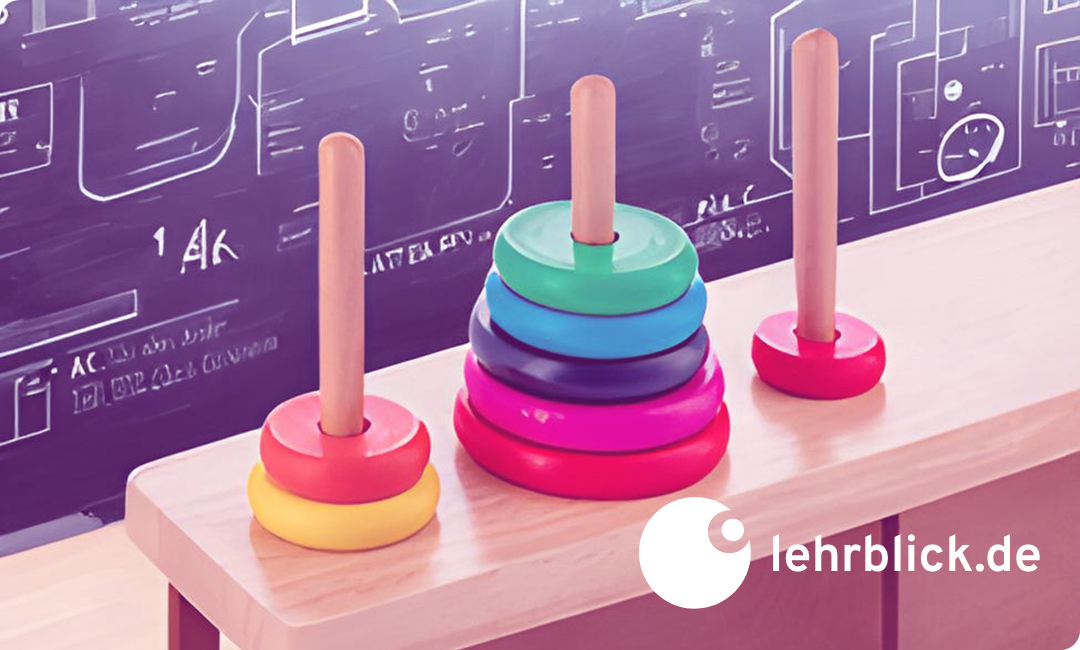














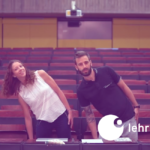








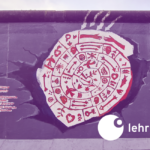









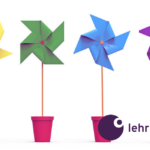

























No Comments